Nathan West
Encoder-Decoder Networks for Self-Supervised Pretraining and Downstream Signal Bandwidth Regression on Digital Antenna Arrays
Jul 06, 2023



Abstract:This work presents the first applications of self-supervised learning applied to data from digital antenna arrays. Encoder-decoder networks are pretrained on digital array data to perform a self-supervised noisy-reconstruction task called channel in-painting, in which the network infers the contents of array data that has been masked with zeros. The self-supervised step requires no human-labeled data. The encoder architecture and weights from pretraining are then transferred to a new network with a task-specific decoder, and the new network is trained on a small volume of labeled data. We show that pretraining on the unlabeled data allows the new network to perform the task of bandwidth regression on the digital array data better than an equivalent network that is trained on the same labeled data from random initialization.
Wideband Signal Localization with Spectral Segmentation
Oct 01, 2021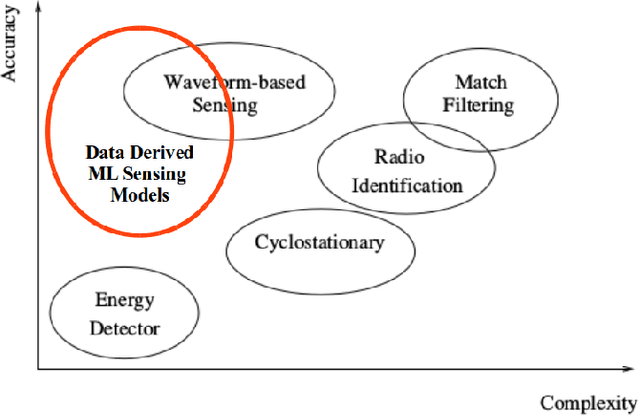
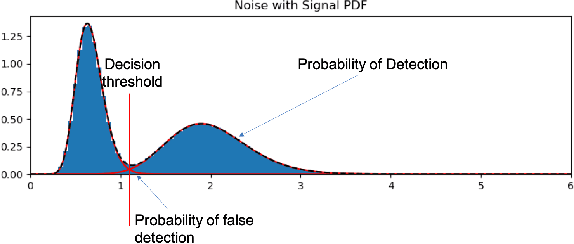
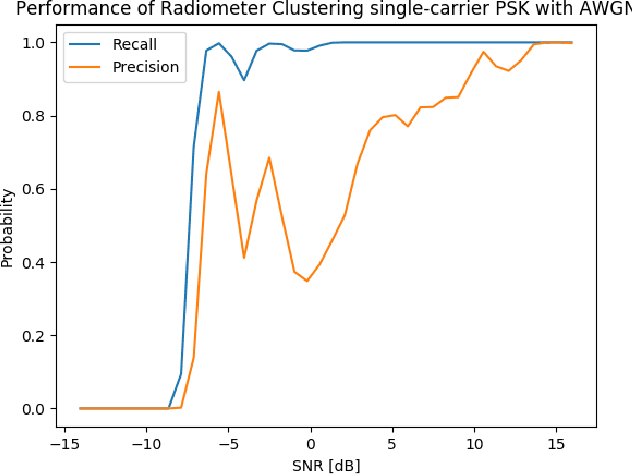
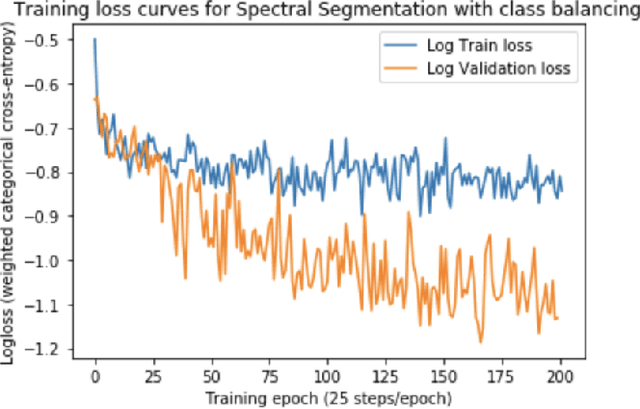
Abstract:Signal localization is a spectrum sensing problem that jointly detects the presence of a signal and estimates a center frequency and bandwidth. This is a step beyond most spectrum sensing work which estimates "present" or "not present" detections for either a single channel or fixed sized channels. We define the signal localization task, present the metrics of precision and recall, and establish baselines for traditional energy detection on this task. We introduce a new dataset that is useful for training neural networks to perform this task and show a training framework to train signal detectors to achieve the task and present precision and recall curves over SNR. This neural network based approach shows an 8 dB improvement in recall over the traditional energy detection approach with minor improvements in precision.
* arXiv admin note: substantial text overlap with arXiv:2110.00518
A Wideband Signal Recognition Dataset
Oct 01, 2021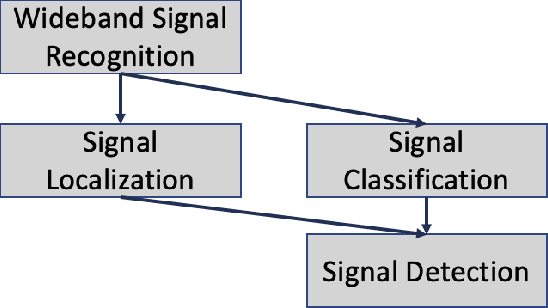
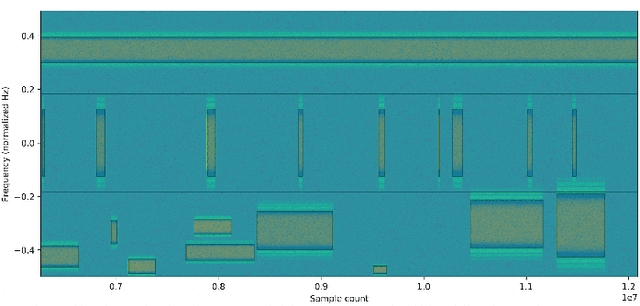
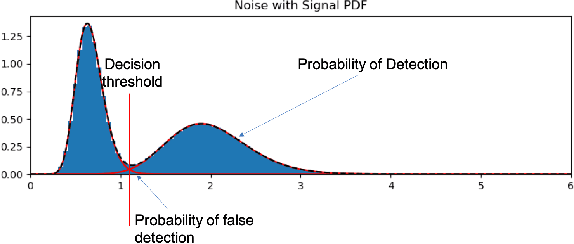
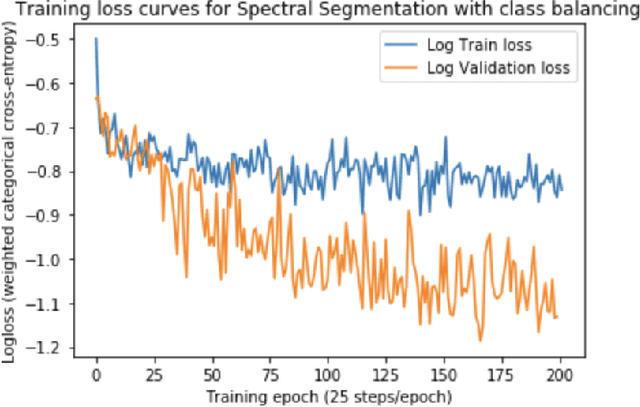
Abstract:Signal recognition is a spectrum sensing problem that jointly requires detection, localization in time and frequency, and classification. This is a step beyond most spectrum sensing work which involves signal detection to estimate "present" or "not present" detections for either a single channel or fixed sized channels or classification which assumes a signal is present. We define the signal recognition task, present the metrics of precision and recall to the RF domain, and review recent machine-learning based approaches to this problem. We introduce a new dataset that is useful for training neural networks to perform these tasks and show a training framework to train wideband signal recognizers.
Approximating the Void: Learning Stochastic Channel Models from Observation with Variational Generative Adversarial Networks
Aug 20, 2018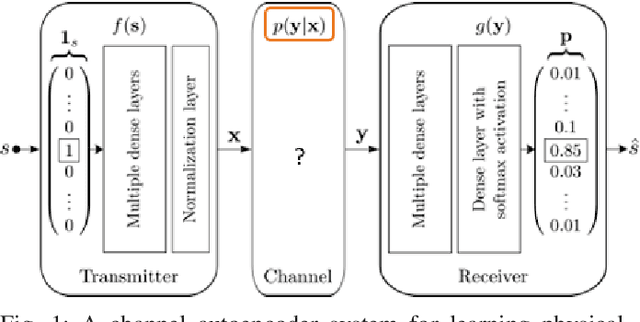

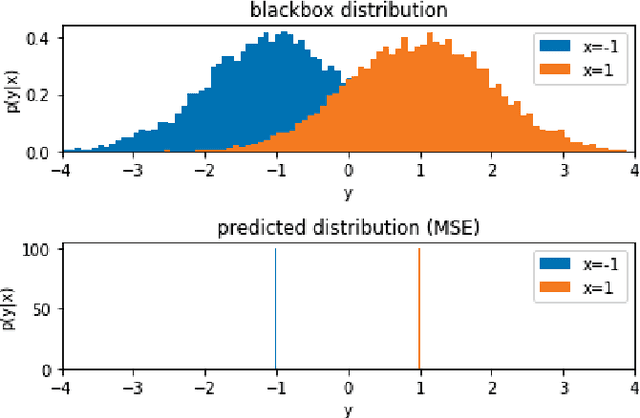
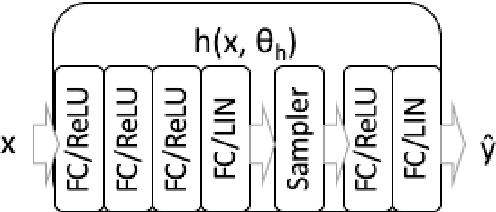
Abstract:Channel modeling is a critical topic when considering designing, learning, or evaluating the performance of any communications system. Most prior work in designing or learning new modulation schemes has focused on using highly simplified analytic channel models such as additive white Gaussian noise (AWGN), Rayleigh fading channels or similar. Recently, we proposed the usage of a generative adversarial networks (GANs) to jointly approximate a wireless channel response model (e.g. from real black box measurements) and optimize for an efficient modulation scheme over it using machine learning. This approach worked to some degree, but was unable to produce accurate probability distribution functions (PDFs) representing the stochastic channel response. In this paper, we focus specifically on the problem of accurately learning a channel PDF using a variational GAN, introducing an architecture and loss function which can accurately capture stochastic behavior. We illustrate where our prior method failed and share results capturing the performance of such as system over a range of realistic channel distributions.
Physical Layer Communications System Design Over-the-Air Using Adversarial Networks
Mar 08, 2018



Abstract:This paper presents a novel method for synthesizing new physical layer modulation and coding schemes for communications systems using a learning-based approach which does not require an analytic model of the impairments in the channel. It extends prior work published on the channel autoencoder to consider the case where the channel response is not known or can not be easily modeled in a closed form analytic expression. By adopting an adversarial approach for channel response approximation and information encoding, we can jointly learn a good solution to both tasks over a wide range of channel environments. We describe the operation of the proposed adversarial system, share results for its training and validation over-the-air, and discuss implications and future work in the area.
Semi-Supervised Radio Signal Identification
Jan 17, 2017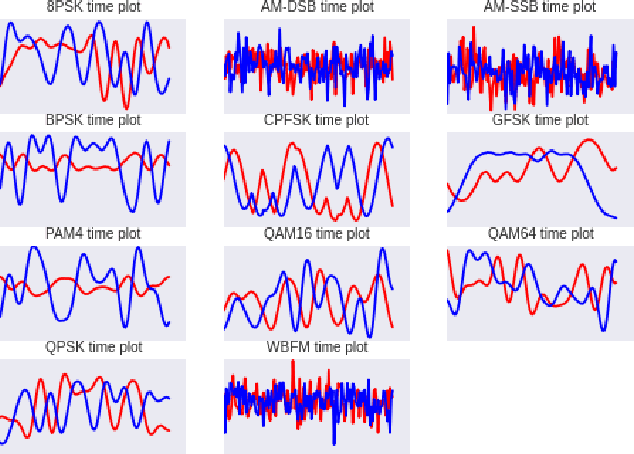
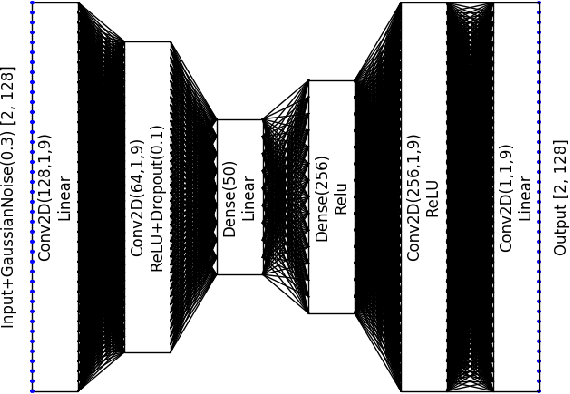
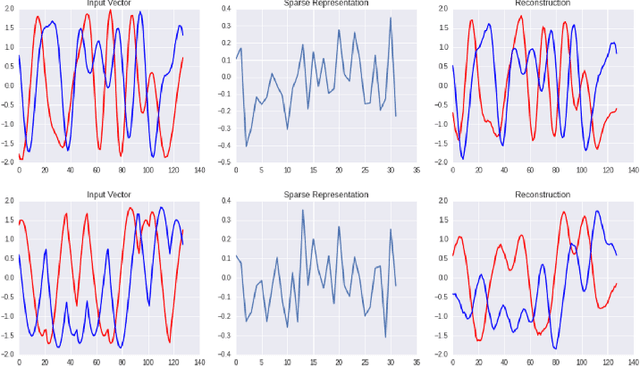
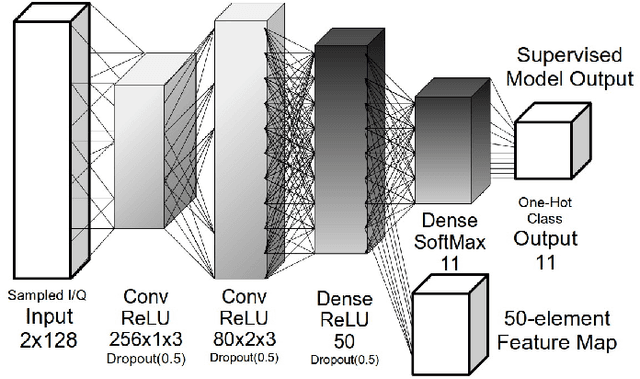
Abstract:Radio emitter recognition in dense multi-user environments is an important tool for optimizing spectrum utilization, identifying and minimizing interference, and enforcing spectrum policy. Radio data is readily available and easy to obtain from an antenna, but labeled and curated data is often scarce making supervised learning strategies difficult and time consuming in practice. We demonstrate that semi-supervised learning techniques can be used to scale learning beyond supervised datasets, allowing for discerning and recalling new radio signals by using sparse signal representations based on both unsupervised and supervised methods for nonlinear feature learning and clustering methods.
 Add to Chrome
Add to Chrome Add to Firefox
Add to Firefox Add to Edge
Add to Edge